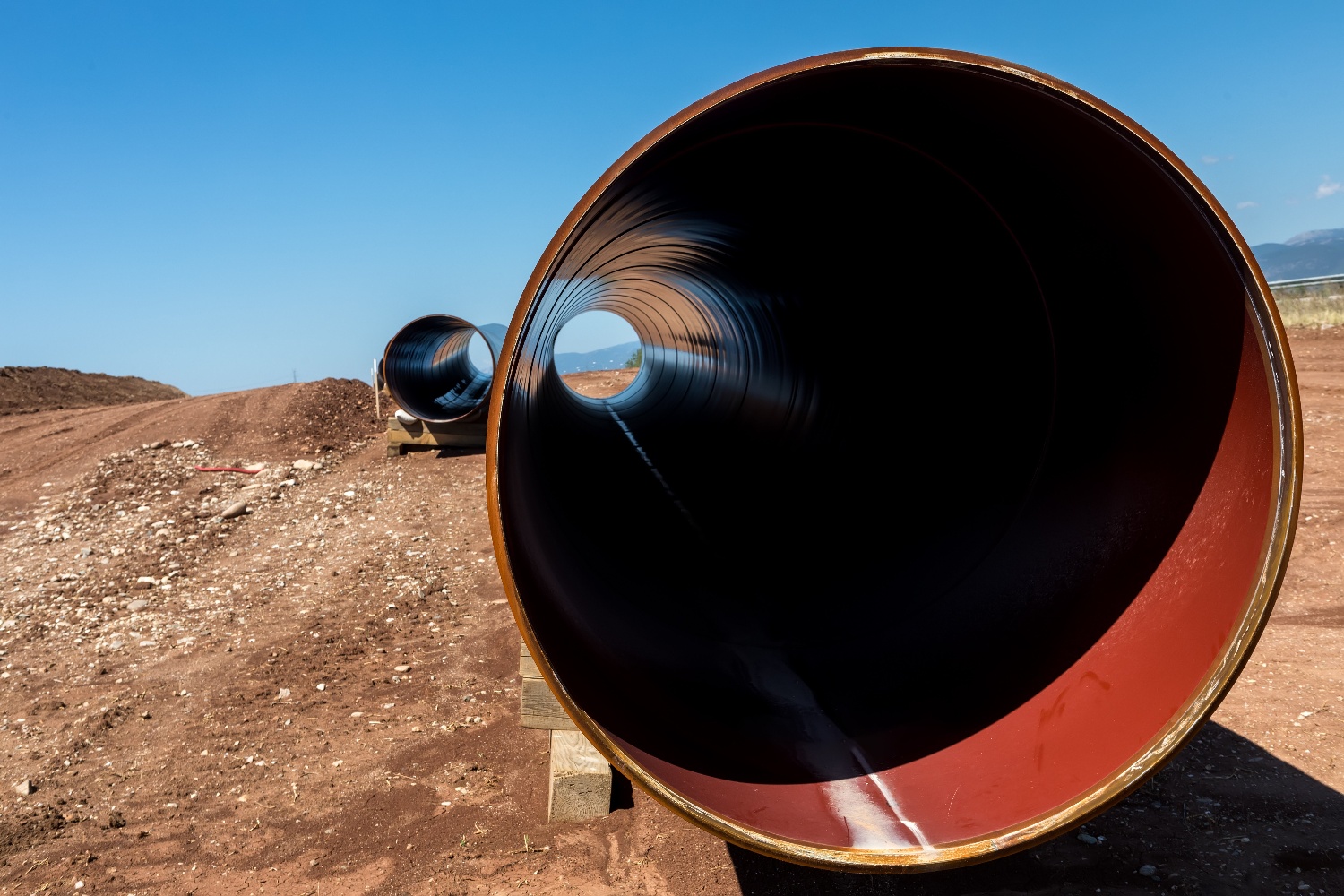Under Section 7 of the Natural Gas Act of 1938, companies wishing to construct interstate natural gas pipelines in the U.S. must obtain a Certificate of Public Convenience and Necessity (certificate) from the Federal Energy Regulatory Commission (FERC).
The Section 7 process is challenging, requiring numerous decisions on the appropriate approval process for each project. A large-scale project generally consists of application prefiling activities, preparation of a certificate application, reviews, authorization(s) and postcertificate proceedings, some aspects of which have come under increasing scrutiny by policymakers, Congress and federal courts.
Companies seeking a FERC certificate can expect to be challenged on the environmental impacts of and demonstrated need for their proposed projects, as well as eminent domain, landowner interests, project alternatives and other issues. While these issues are addressed in a company’s application — and while the application may meet FERC’s minimum filing requirements — it is likely that FERC will request additional information that could result in unplanned delays.
To minimize these costly delays, it is important to anticipate the questions FERC is likely to ask and address them proactively in the original application. A useful strategy is to review environmental comments and questions FERC has posed on similar, recent projects and to include such information in the application. Companies should consider the following key issues:

